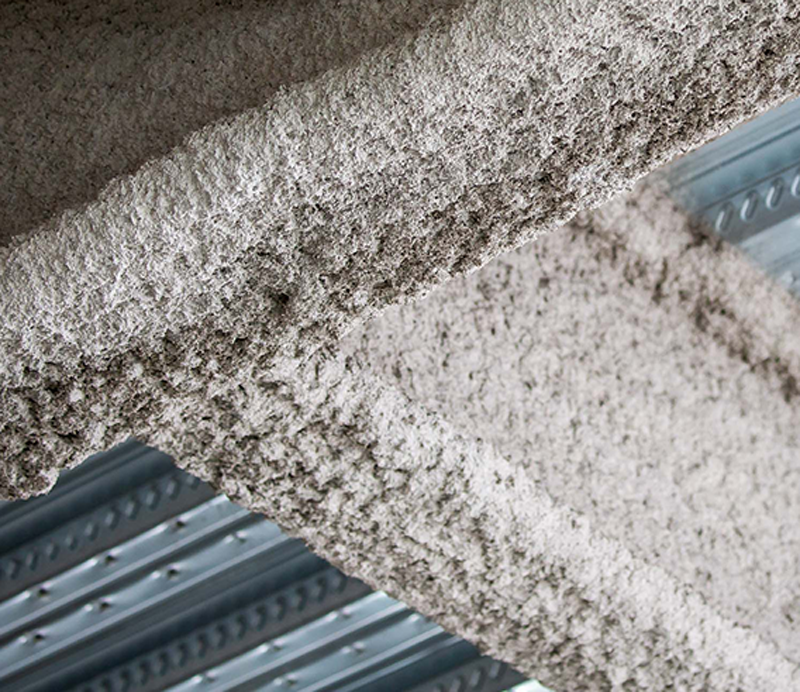Update:In the realm of construction and building safety, fire protection plays a critical role in safeguarding lives, minimizin...
In the realm of construction and building safety, fire protection plays a critical role in safeguarding lives, minimizing property damage, and ensuring structural integrity. One popular method employed to enhance fire resistance in buildings is the application of cementitious mixture fireproofing.
Cementitious mixture fireproofing, also known as cementitious spray-applied fire resistive material (SFRM), is a passive fire protection solution widely used in commercial, industrial, and residential construction. It is applied to structural elements such as steel beams, columns, and concrete walls to delay the effects of fire, allowing occupants to evacuate safely and providing valuable time for firefighting efforts.
Composition of Cementitious Mixture Fireproofing
Cementitious mixture fireproofing typically consists of a blend of cement, aggregates, fibers, and additives. The specific composition can vary depending on the manufacturer and the desired fire rating. The key components include:
Cement: Portland cement is commonly used as the primary binding agent due to its adhesive properties and fire resistance.
Aggregates: Lightweight aggregates such as vermiculite, perlite, or expanded shale are often included to enhance the insulation and fire resistance properties of the mixture.
Fibers: Various types of fibers, such as asbestos-free mineral fibers or organic fibers, are added to the mixture to improve its cohesion, strength, and crack resistance.
Additives: Admixtures and chemical additives may be incorporated to enhance workability, adhesion, and curing properties of the cementitious mixture.
Application Techniques
Cementitious mixture fireproofing is typically applied using specialized equipment, such as spray machines or trowels. The application process involves the following steps:
Surface Preparation: The surface to be fireproofed is prepared by removing any loose debris, grease, or contaminants that could hinder adhesion.
Mixing: The cementitious mixture is prepared according to the manufacturer's instructions, ensuring the correct proportions of cement, aggregates, fibers, and additives.
Application: The mixture is applied to the target surface using a spray machine or trowel, forming a uniform layer with the desired thickness. Multiple coats may be necessary to achieve the required fire rating.
Finishing: Once applied, the fireproofing material can be textured or finished as per architectural requirements.
Enhancing Fire Safety with Cementitious Mixture Fireproofing
Cementitious mixture fireproofing provides numerous benefits in terms of fire safety and structural integrity:
Fire Resistance: The primary function of cementitious mixture fireproofing is to delay the effects of fire, protecting structural elements and preventing their premature failure. It helps maintain the stability of steel members by insulating them from the heat of the fire.

Insulation: The use of lightweight aggregates and fibers in the fireproofing mixture enhances its insulating properties, reducing heat transfer to the protected structure and minimizing the risk of structural collapse.
Durability: Cementitious mixture fireproofing is designed to withstand environmental conditions, including humidity, temperature fluctuations, and exposure to ultraviolet (UV) radiation. This durability ensures the long-term effectiveness of the fire protection system.
Aesthetic Versatility: Cementitious mixture fireproofing can be customized to meet architectural requirements, offering a range of finishes and textures that blend seamlessly with the overall design of the building.

